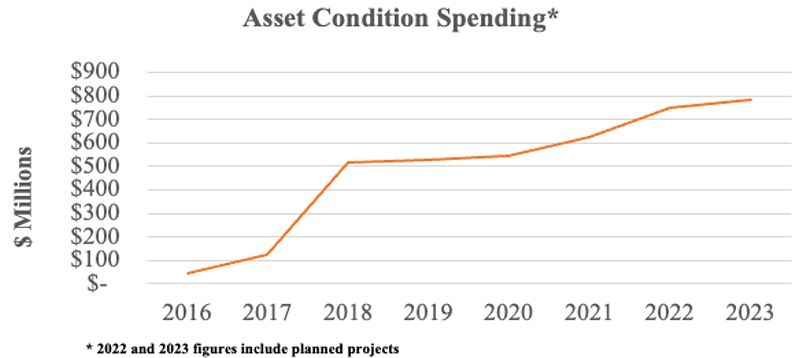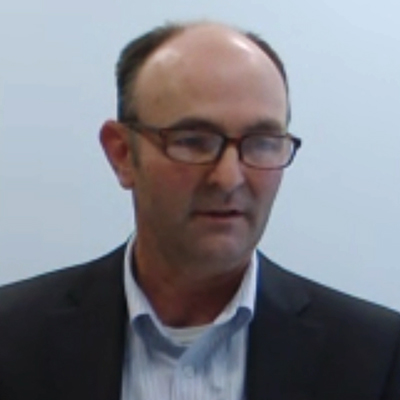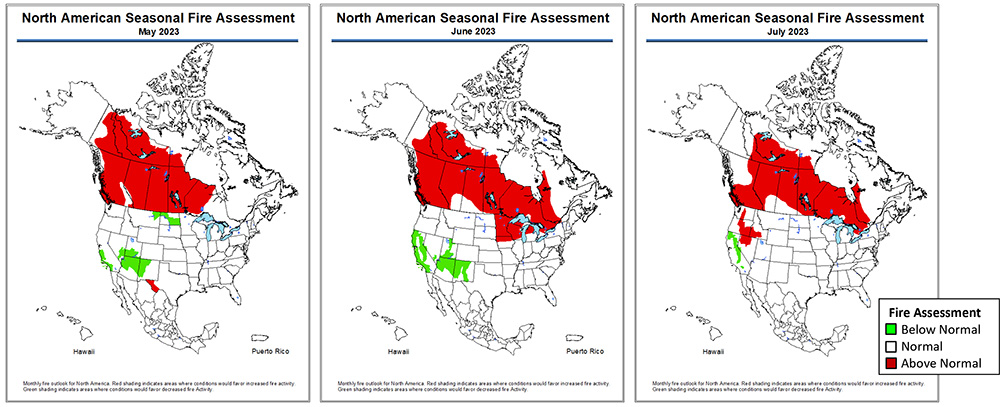ALBANY, N.Y. — Facing the possibility that it will not be able to generate enough electricity with renewable technologies such as wind and solar, New York is considering adding more controversial forms of power generation to its climate protection strategy.
The state’s Public Service Commission on Thursday began a review process that could lead to a greater role for hydrogen, bioenergy, nuclear power, carbon capture and other technologies viewed with suspicion or outright hostility by the environmental advocates who have pushed for climate legislation (15-E-0302)
.
The PSC ordered staff to identify technologies that might work for New York, started a two-month public comment period, and directed that at least one technical conference on the subject be held within the next four months.
New York codified one of the most ambitious decarbonization schedules in the nation in 2019, with the landmark Climate Leadership and Community Protection Act (CLCPA). It sets a goal of 70% renewable energy by 2030 and a 100% zero-emission grid by 2040.
Enough projects are now in the pipeline to reach 66% renewable, but many are unlikely to ever reach the construction stage. And those that are built will not produce power when the sun does not shine or the wind does not blow.
The CLCPA scoping plan completed in December 2022 relies on other technologies maturing to a scale and price that will make the 2040 goal attainable.
But the PSC order notes that several studies indicate current renewable resources may not be able to reliably replace fossil fuels — that existing technology is incapable of meeting the growing needs of the grid.
The order also notes that neither state Public Service Law nor the CLCPA define “zero-emissions” technologies.
‘Magical’ and ‘Scary’
Thursday’s order incorporates some aspects of a petition submitted to the PSC in August 2021 by a power industry trade association and two labor organizations: the Independent Power Producers of New York, the New York State Building & Construction Trades Council and the New York State AFL-CIO.
The 12-page petition urged the PSC to consider zero-emitting technologies that are not renewable, and to define zero-emissions energy systems as those that do not lead to a net increase in greenhouse gas emissions.
Comments included a 32-page rebuttal by the Sierra Club and 24 allied groups, shooting down the petition detail by detail.
More recently, NYISO has warned of narrowing reliability margins as fossil fuel plants are retired and replaced by renewable energy generated by intermittent resources. NYISO calculates the New York grid would need 27 to 45 GW of dispatchable emissions-free resources under the CLCPA scenario.
That is potentially more than the entire currently installed generation capacity in New York state — 37 GW — and there is no technology identified to fulfill that need.
IPPNY President Gavin Donohue, who helped draw up the scoping plan and voted against its adoption, has railed against what he calls the reliance on magic in the planning process — the belief that something will come along in time to affordably fill the gap.
He told NetZero Insider on Thursday that the PSC order does not solve this problem, but he is glad to see aspects of the 2021 petition incorporated in it.
“I see it as incremental progress,” Donohue said. “Nonetheless, it’s better than nothing. I’m appreciative that after two years people are taking this issue seriously.”
Whatever technology the PSC decides on, he said, it needs to be tested, proved, abundant, affordable and be available soon, as things take a very long time to build in New York.
“How we get to zero by 2040 is really magical, and at this point scary, because the technology doesn’t exist.”
The vote by the PSC was unanimous.
“The Commission’s action reaffirms efforts to ensure New York has the needed clean-energy resources to replace existing fossil fuel-fired power plants,” PSC Chair Rory Christian said in a news release. “I am proud that New York continues to lead by advancing important clean energy initiatives, such as the one commenced today.”
Two commissioners who frequently object to the process by which the regulatory agency is overseeing the energy transition — and to the costs it is authorizing — weighed in on the theme of wishful thinking.
“The order, maybe for the first time, clearly, expressly identifies that we are realizing the challenges of getting to where we need to be [and] the false narrative around that,” Commissioner Diane Burman said.
There is a need to get under the hood, she said — not to halt the transition, but to be good stewards of regulated industries and their ratepayers’ dollars.
Commissioner John Howard said much of the CLCPA is based on hopes, dreams and good intentions. “This process that’s outlined is much more reality-based. This is the entity that needs to be the reality-based decision maker. It doesn’t seem to be emerging from other state agencies and authorities. It’s our job to say what can work and what can’t work.”



